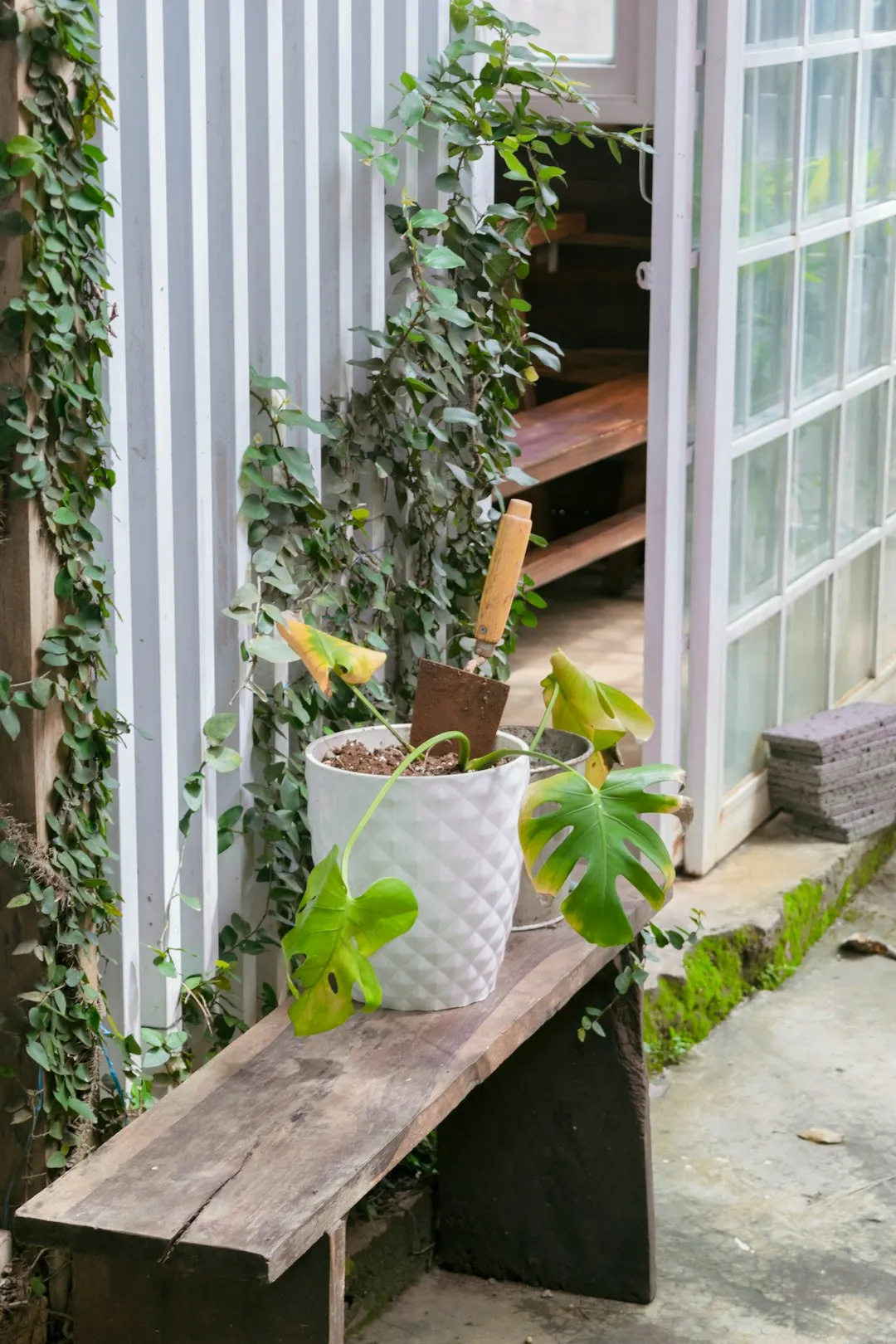The Secret to Thriving Plants and Less Plastic: Soil Blocking for Seed Starting

In the world of gardening, finding methods that are both effective and environmentally - friendly is a continuous pursuit. One such method that has been gaining traction is soil blocking for starting seeds. This technique not only helps you grow healthier plants but also significantly reduces plastic waste commonly associated with traditional seed - starting methods.
So, what exactly is soil blocking? Soil blocking involves creating individual blocks of soil mixture that serve as the growing medium for seeds. These blocks hold the seeds, provide nutrients, and allow for proper root development. Unlike using plastic seed trays, soil blocks eliminate the need for plastic containers, which often end up in landfills after a single use.
### The Simple Soil Recipe
To create effective soil blocks, you need the right soil mixture. A basic recipe involves combining equal parts of peat moss, compost, and vermiculite. Peat moss helps to retain moisture, which is crucial for seed germination. Compost provides essential nutrients that will nourish the young plants as they grow. Vermiculite improves soil aeration, allowing the roots to breathe and grow freely.
You can also add a small amount of lime to adjust the pH level of the soil mixture. Most seeds prefer a slightly acidic to neutral pH environment. Another optional addition is a slow - release fertilizer. This will ensure that the plants have a steady supply of nutrients over an extended period.
### Instructions for Making Soil Blocks
1. **Prepare the Soil Mixture**: Start by thoroughly mixing the peat moss, compost, and vermiculite in a large container. If you are adding lime or fertilizer, incorporate them at this stage as well. Add water gradually while mixing until the soil mixture reaches a consistency similar to that of a damp sponge. It should hold together when squeezed but not be overly wet.
2. **Use a Soil Block Maker**: A soil block maker is a specialized tool that helps you create uniform soil blocks. There are different sizes available, depending on the type of seeds you are starting. Fill the compartments of the soil block maker with the soil mixture. Press the mixture firmly into the compartments to ensure that the blocks hold their shape.
3. **Release the Blocks**: Once the compartments are filled, invert the soil block maker onto a flat surface. Tap the bottom of the maker gently to release the soil blocks. Place the blocks on a tray or a flat surface that can hold them securely.
4. **Sow the Seeds**: Make a small indentation in the center of each soil block using your finger or a small tool. Place one or two seeds in each indentation, depending on the seed size. Cover the seeds lightly with a thin layer of the soil mixture.
### Tips for Successful Seed Starting with Soil Blocks
1. **Keep the Blocks Moist**: Since soil blocks dry out more quickly than plastic trays, it's important to keep them consistently moist. You can use a spray bottle to mist the blocks regularly or place the tray with the blocks in a shallow dish of water. The blocks will absorb water from the bottom, keeping the soil moist without over - saturating it.
2. **Provide Adequate Light**: Seeds need light to germinate and grow. Place the tray of soil blocks in a location that receives bright, indirect light. If natural light is limited, you can use grow lights. Keep the lights on for about 12 - 16 hours a day to ensure proper growth.
3. **Thin the Seedlings**: Once the seeds have germinated and the seedlings have emerged, you may need to thin them out. If more than one seed has germinated in a block, remove the weaker seedlings, leaving only the strongest one. This will give the remaining seedling more space and resources to grow.
4. **Transplant at the Right Time**: When the seedlings have developed a few sets of true leaves and are strong enough, they are ready to be transplanted into the garden or larger containers. Gently lift the soil block with the seedling and plant it in the desired location. The roots will continue to grow and spread into the surrounding soil.
By following these steps and tips, you can start your seeds using soil blocking and enjoy the benefits of healthier plants and reduced plastic waste. This method is not only good for your garden but also for the environment. So, why not give soil blocking a try in your next gardening season?